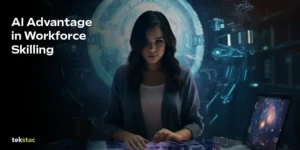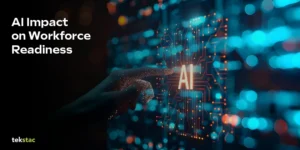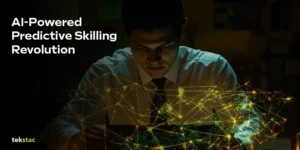Stay Ahead with AI Skilling: Outskill, Outrun, and Succeed
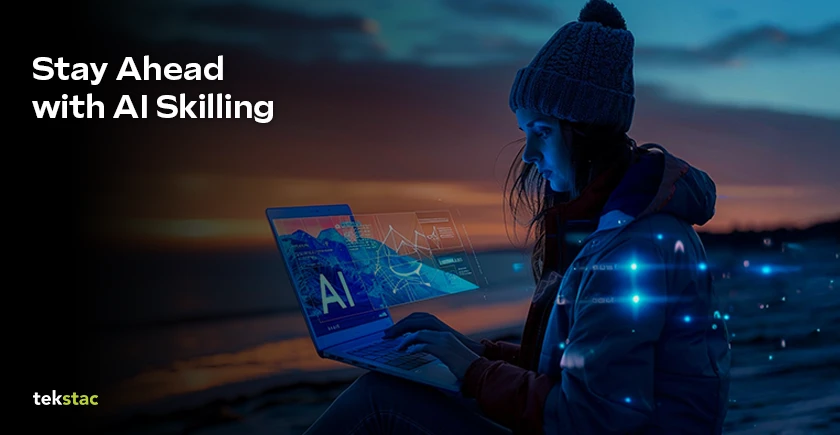
Imagine spending years and millions rolling out new AI technologies—only to watch them sit idle because no one quite knows how to use them. That gap between technology potential and real-world impact is where many organizations stumble. The problem isn’t the AI itself; it’s a workforce that hasn’t been equipped to evolve alongside it. We can’t talk our way out of this challenge with lofty theories or motivational posters. Real transformation calls for hands-on tactics that bring AI skilling to life within your organization.
6 Practical Steps for Effective AI Skilling in the Workplace
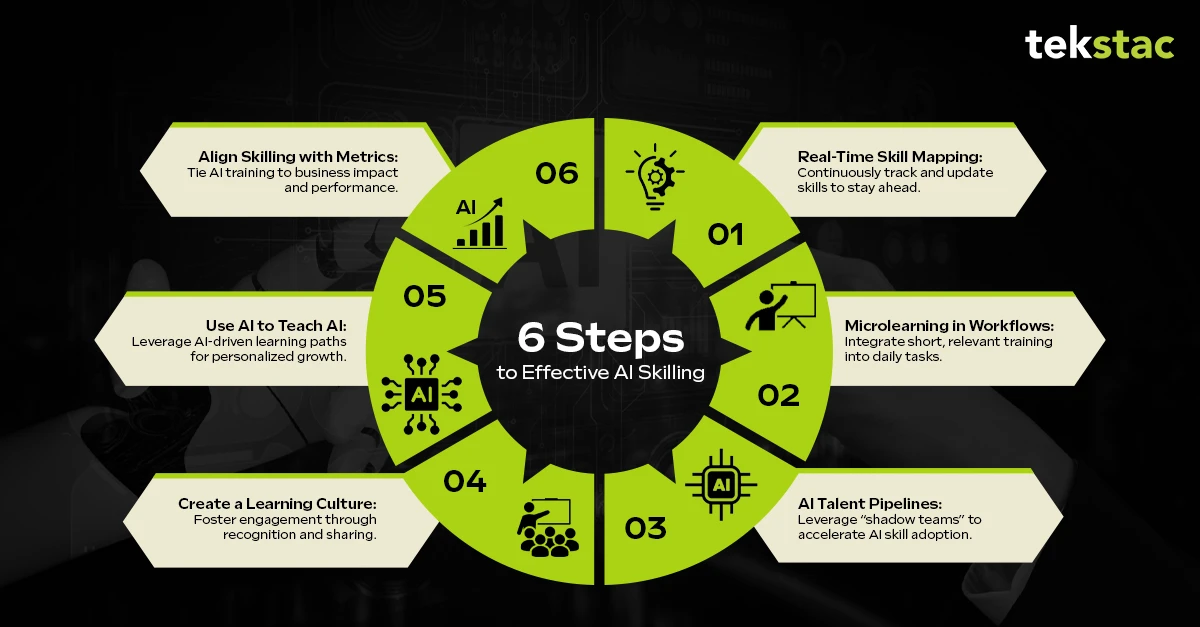
Step 1: Turn Skill Mapping into a Real-Time Exercise
The first mistake many companies make is treating workforce planning like an annual project that gets updated once a year. By the time you identify a skill need, AI capabilities—and the market—have already shifted. A more effective approach is to make skill mapping continuous and data-driven. One organization did this by assigning a small AI readiness team to track new platform features, market trends, and emerging roles every quarter.
They used these insights to update a living skills matrix that guided hiring, training content, and internal mobility—no big reveals or annual panic meetings, just a steady cadence of updates that kept everyone on their toes.
Step 2: Embed Microlearning in Real Workflows
No matter how powerful your training modules, they won’t stick if they feel like homework. The best practice is to weave learning directly into people’s daily tasks. This could mean running short, on-the-spot “AI labs” where team members practice using new tools on actual projects, or offering micro-courses that staff can complete between real assignments.
One tech company put QR codes on production floors that linked to 2-minute how-to videos for new AI-driven machinery. The videos were relevant, concise, and directly tied to daily work—so the learning felt like part of the job, not an interruption.
Step 3: Repurpose “Shadow Teams” into AI Talent Pipelines
Most organizations have experts—whether in marketing, engineering, or customer service—who naturally pick up new systems faster than their peers. Instead of letting them operate in silos, create small “shadow teams” that tackle pilot AI projects, then share lessons learned with their main departments. Think of it like a rotating fellowship: employees who show early aptitude for AI skills get the chance to experiment with emerging technologies, and their departments benefit from the knowledge they bring back. This approach not only accelerates skill diffusion but also fosters a sense of ownership that keeps morale high.
Step 4: Align AI Skilling with Metrics That Matter
If leadership sees training as a feel-good initiative rather than a growth driver, it’ll never get the attention and funding it deserves. The key is to tie skilling directly to metrics your organization already cares about. When you run an AI upskilling sprint, measure how it affects speed to market, customer satisfaction scores, or cost savings. One consumer-goods manufacturer, for example, tracked how quickly new hires could start using AI-driven demand forecasting tools, then tied that ramp-up time to overall profit margins. The result? A data-backed case for investing even more in workforce development.
Step 5: Use AI to Teach AI
It might sound meta, but it works. Generative AI can predict not only future roles but also the specific competencies each job will require. Picture a scenario where your HR platform uses AI to suggest personalized learning paths for each individual, based on the projects they’re working on and the goals they’re aiming for. One global firm took it further by having AI flag emerging trends—like a new regulation or a novel customer channel—and automatically recommend relevant micro-courses to the employees who’d be most affected. The effect was like having a virtual coach that kept everyone just ahead of the curve.
Step 6: Make It Cultural, Not Compulsory
There’s a difference between mandating training hours and instilling a genuine culture of learning. The latter happens when employees see how AI skills make their work more impactful, more efficient, and sometimes even more creative. Celebrating wins—like a team that discovered a new product idea through AI-driven insights—goes a long way toward making skilling feel like an opportunity rather than an obligation.
Some organizations run internal “demo days” where teams showcase AI breakthroughs. Others encourage managers to dedicate time in weekly stand-ups for staff to share newly acquired skills or micro-certifications. Over time, these seemingly small rituals build a collective momentum that keeps upskilling front and center.
Wrapping Up: The Future Belongs to the Prepared
AI isn’t just another technology cycle. It has the power to redefine entire industries at a pace we haven’t seen before. Surviving and thriving in that environment demands more than good intentions and flashy software. It requires a workforce that’s ready and able to adapt in near real-time. By making skill building a continuous, deeply integrated process—rather than a reactive checklist—organizations create a culture that doesn’t just respond to the future but actively shapes it.
This isn’t about hype. It’s about practitioners rolling up their sleeves and engineering a new kind of workforce—one that’s as agile as the AI tools it’s meant to deploy. The next market leader won’t be the company that invests the most in AI; it’ll be the one that invests in people who know how to wield it better than anyone else.

